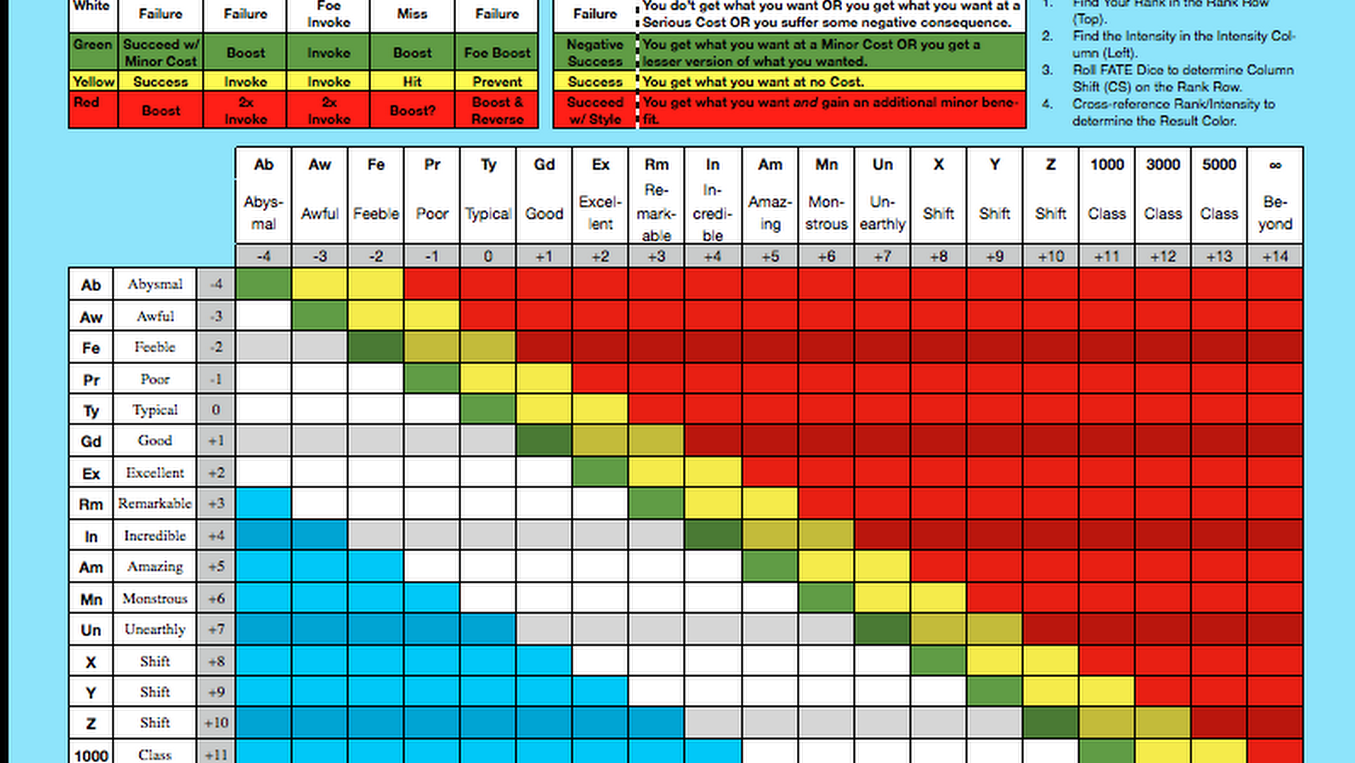What might be like what in this less than ideal game pdf hackery, here is an example:

These 2 examples, not too bad.

Remarkable, Incredible and Amazing nerdiness
What might be like what in this less than ideal game pdf hackery, here is an example:

These 2 examples, not too bad.
I made a gloVe embedding model based on my game book collection – 7000 odd, of which 6000 or so managed to make it through a first pass pdf extraction pipeline
This framework is quite good https://github.com/NRCan/geoscience_language_models/tree/main/project_tools
https://github.com/NRCan/geoscience_language_models/tree/main/project_tools and parallelises, which is important for big books
The C version of gloVe is superior:
https://github.com/stanfordnlp/GloVe
With some work you can get a python version going, but I wouldn’t recommend for large numbers.
e.g. https://pypi.org/project/glove-py
and associated hacks..
The Notebook associated with this is here: https://github.com/bluetyson/RPG-gloVe-Model
These days microsoft probably won’t let you see something that big online, so will make a series of post excerpts.
Campaign wiki style.
https://alexschroeder.ch/view/2023-08-13_Random_generators_on_wiki_pages
https://github.com/modality/abulafia
The old random generators – instructions on how to get this running again.
https://github.com/bluetyson/drpg
Python code to download and sync all your purchases
In January I adapted the Advanced Dungeons and Dragons 1st Edition Random Dungeon Generator to code, which is available here:-
https://github.com/bluetyson/ADnD1e-Random-Dungeon-Generator
This launches a container that you can run the code in via the simple instructions and make whatever sorts of dungeons you like.
https://mybinder.org/v2/gh/bluetyson/ADnD1e-Random-Dungeon-Generator/HEAD
Using this random dungeon generator I have made a million dungeons – all with 10 as the Periodic Check number.
So they will be quite small in general.
Here you can randomly choose one of those:-
https://cosmicheroes.space/cgi-bin/dungeoncount5.pl
and here you can pick your own from 0 to 999999
A few years ago I looked at this, have found it again, so here’s a start.
Not, many mess categories as you know, but here’s a plot from 2 that will fit on a screen.
Vermin and plants, some animals and common humanoids and your garden variety monstrous humanoids when you lump it at this very joined together level.
Kmodes method, just have to find where I put that part.
Ok, apparently this exists:- https://www.drivethrurpg.com/product/424637/FASERIPopedia-Rules-Cyclopedia
Not looked at it, so can’t comment a yet.
I have started looking at adapting this for HexDescribe type reasons.
For example: – https://github.com/bluetyson/Map-Generation/blob/main/src/map.py
https://chgowiz-games.blogspot.com/ is working on a epic random generator for a campaign you can read about at his blog – using HexDescribe https://campaignwiki.org/hex-describe
You can see some examples here https://docs.google.com/spreadsheets/d/1G8AZf2tBOtGYr5AEKis7_AZYpJ1_T18LFYp_mi_rikY/edit#gid=1019219400 and https://pastebin.com/raw/W9zgH3pN
Borrowing his business classifications for an example for the Map-Generation software:
The output for this program is GeoJSON, so thanks to QGIS – which is great open source software.


Randomly perturbed Voronoi generation seems to work well for the random wanderiness of towns or cities that spring up.
The original code has churches, monasteries and Cathedrals. Pretty sure our D&D type games don’t need that sort of building type overload.
As well as GeoJSON – it has a viewer script that is basically QTing a PNG, so your usual plt.savefig() before that will get you that version of the output, saved, too. Need to make one that is labelled – maybe a geopandas .
Converting this to perl directly would take a bit of work – no higher level geospatial apis like shapely around there, so would have to redo in gdal directly :- https://metacpan.org/pod/Geo::GDAL. Probably easier to wrap, for fun.